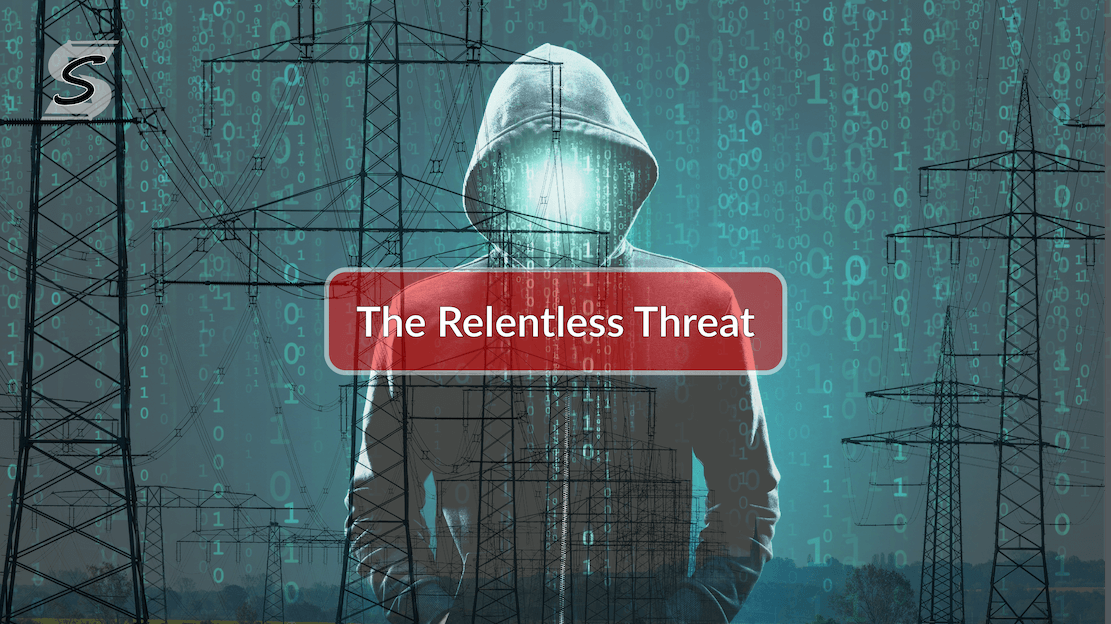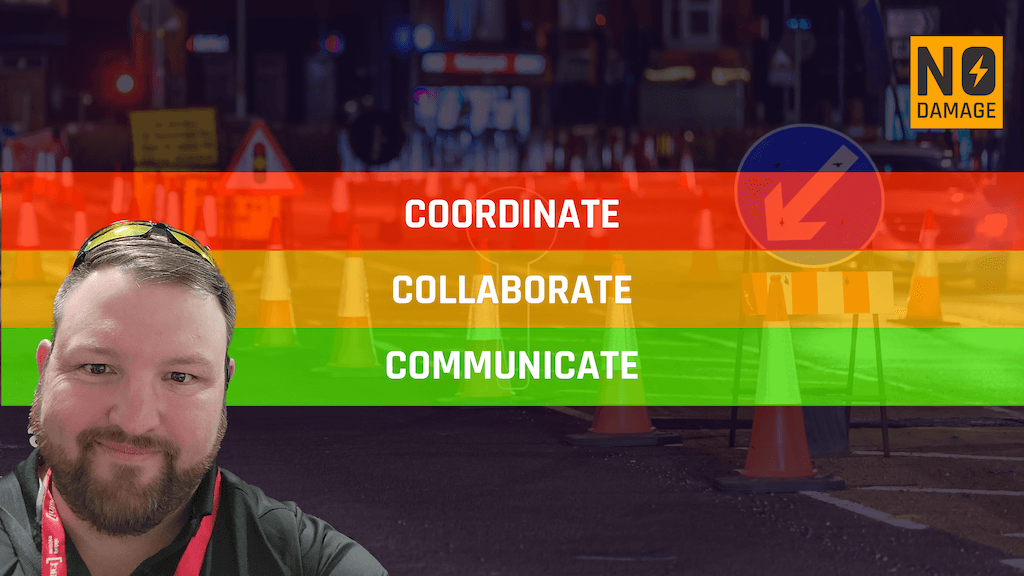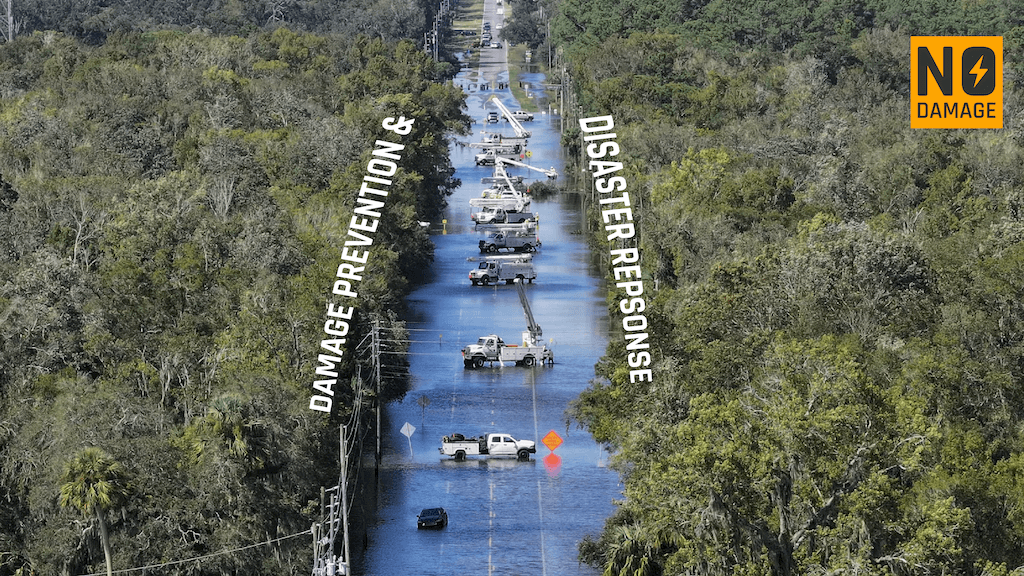
As more and more of our lives and assets become connected to the internet they open up new battlegrounds, and critical infrastructure is increasingly in the crosshairs of nation-state actors. From power grids to water treatment plants, these essential services are facing a surge in sophisticated cyberattacks, posing significant risks to national security, public safety, and economic stability. Recent incidents serve as stark reminders of this evolving threat landscape, emphasizing the urgent need for robust cybersecurity measures and the critical role of secure partnerships in safeguarding our vital systems.
A recent study, "The State of Critical Infrastructure Resilience," highlights the alarming prevalence of nation-state involvement in these attacks, with nearly 60% of breaches against utility operators attributed to state-sponsored groups. The success rate of these attacks is equally concerning, with 80% of targeted utilities experiencing a breach in the past year. The consequences can be devastating, as over half of the affected utilities suffered permanent data corruption or system destruction. These actors, driven by espionage, financial gain, or political leverage, often employ advanced tactics to remain undetected within compromised networks for extended periods.
The case of Littleton Electric Light and Water Departments (LELWD) in Massachusetts offers a chilling example. The utility was infiltrated by Volt Typhoon, a sophisticated threat group linked to the Chinese government, for nearly a year. Exploiting a vulnerability in an unpatched firewall, the attackers gained access to the operational technology (OT) network, aiming to steal data related to the utility's operating procedures and energy grid layout. While no customer data was compromised and operations remained stable, the incident underscores the persistent and stealthy nature of nation-state cyber operations.
American Water Works, the largest water utility in the U.S., also experienced a significant cybersecurity breach that disrupted customer service and billing. While the company reported no impact on its water or wastewater operations, the incident highlights the vulnerability of even large organizations and the potential for widespread disruption. The breach also occurred within the context of increasing regulatory scrutiny, emphasizing the importance of timely reporting and robust security measures for critical infrastructure entities.
Understanding the tactics of groups like Volt Typhoon is crucial for effective defense. Their preference for "Living off the Land" techniques, utilizing legitimate system tools, makes them exceptionally difficult to detect . They often route malicious traffic through compromised small office and home office network equipment to further obscure their activities . The U.S. government believes Volt Typhoon's primary objective is to pre-position within critical infrastructure networks to enable disruptive attacks in the event of a major crisis.
These incidents and the broader trends underscore the critical need for a multi-layered approach to cybersecurity in the critical infrastructure sector. This includes implementing real-time threat detection, strengthening network segmentation, utilizing AI-powered threat intelligence, and enhancing incident response readiness. Securing supply chains and ensuring that third-party vendors adhere to stringent cybersecurity best practices is also paramount.
Adapting to the Evolving Cyber Threat
I think it's important to remember that, cybersecurity is not a static goal but a constantly evolving challenge – a "moving target" that demands continuous vigilance and adaptation. That's why utilities should place the highest importance on the security measures employed by software partners. This was also one of the reasons we joined Urbint - cybersecurity is not easy and we wanted to ensure our customers data was being treated well. We understand that the integrity of our solutions and the protection of our clients' data depend heavily on the robustness of our partners' cybersecurity practices. Urbint works diligently to ensure that we adhere to industry-leading security standards and employ cutting-edge technologies to mitigate the ever-present threat of cyberattacks. This commitment to security extends across our entire ecosystem, ensuring that we can provide our clients with the most reliable and secure solutions possible.
The implications of successful cyberattacks on critical infrastructure are far-reaching, impacting national security, public safety, and the economy. Disruptions to essential services can have cascading effects, undermining public trust and causing significant financial losses. Therefore, a proactive and collaborative approach involving government agencies, private sector organizations, and technology providers is essential to build a stronger defense against these persistent threats.
Conclusion
While the threat of nation-state cyberattacks on critical infrastructure is serious, incidents like those at LELWD and American Water Works highlight the crucial opportunity for utilities to proactively enhance their defenses. By prioritizing secure methods, embracing innovation in cybersecurity technologies, and fostering strategic partnerships with security-focused companies, utilities can get ahead of evolving threats. This forward-thinking approach is key to building a more resilient and secure future for essential services and ensuring their continued reliability.
Share this Post










